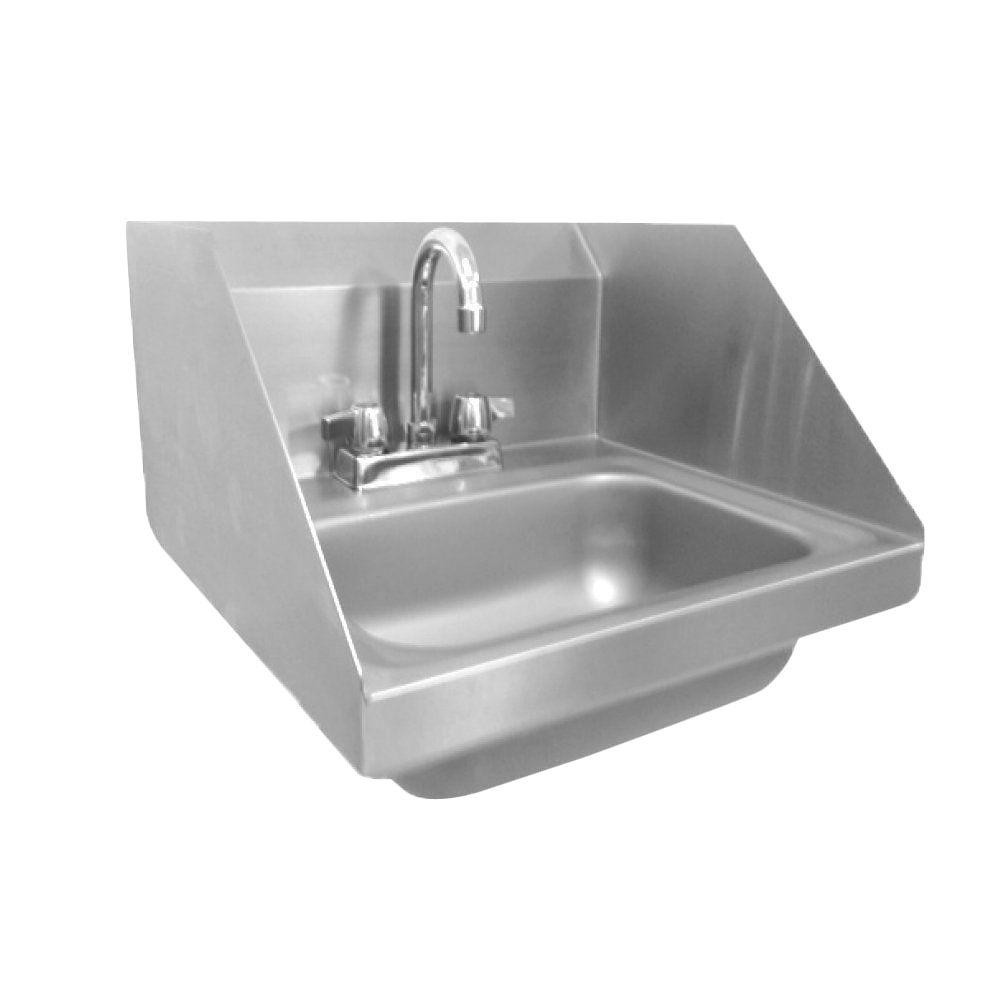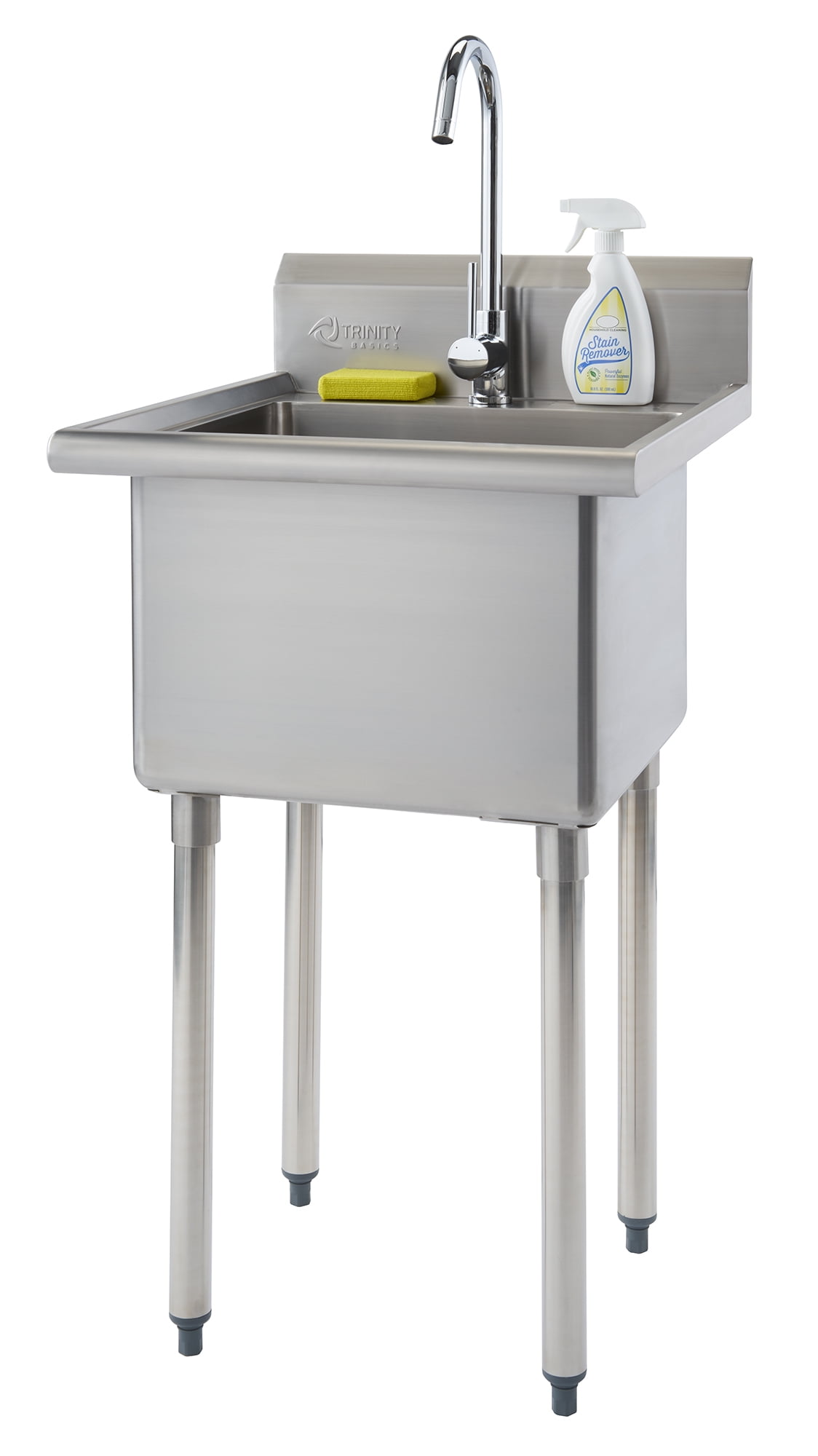

Account for such tasks as filling and cleaning tall stockpots, as well as the style, depth, and finish of the sink and surrounding hardware.

Height: Look for styles with tall gooseneck faucets that swivel out of the way, detachable hose-type faucets, and traditional-looking faucets that appear to be set flush but pull upward for additional height.Matching a faucet finish to other metals within the kitchen is a common practice, but don't be afraid to mix it up. Finish: Chrome, easy-care brass, colors, and other decorative finishes are options to consider.

Like solid surfacing countertops, it can be susceptible to heat and dings from sharp objects. Solid surfacing, made from a polyester or acrylic base, is chosen for its stonelike appearance and easy care.It is easier to mold double bowl sinks from vitreous china than from fireclay. Similar to fireclay in construction, durability, and cost, vitreous china is less porous because of the nature of the construction process. The glazed clay material is hard and nonporous with a glasslike shine, but the sink material is prone to chipping. Vitreous china, originally made for bathrooms, is now also used for kitchen sinks.They usually feature speckled color, resistance to stains and scratches, and easy care. Composite sinks can be made of quartz, granite, or other materials mixed with an acrylic- or polyester-resin base.An added advantage is that cast-iron sinks are available in a wide range of colors. These durable sinks lessen noise and vibration more than other materials but can be heavy for installation. Cast-iron kitchen sinks are made from a sturdy material that is enamel fired on an iron form.However, they can become scratched and water spots can become an issue, and the cheaper sinks can sometimes make more noise when items are dropped in. Stainless-steel kitchen sinks are appealing because they are affordable, durable, and easy to clean. Finishes range from a mirror-like shine to a satin luster. The metal imparts a rich glow and adds corrosion resistance. Stainless-steel sinks contain a percentage of chromium and nickel, which is indicated by numbers such as 18/10 (18 percent chromium and 10 percent nickel). The newer 16- and 18-gauge sinks are thicker and less noisy than their less-expensive predecessors. Stainless-steel kitchen sinks are one of the most popular options and the material continues to be improved and upgraded.


 0 kommentar(er)
0 kommentar(er)
